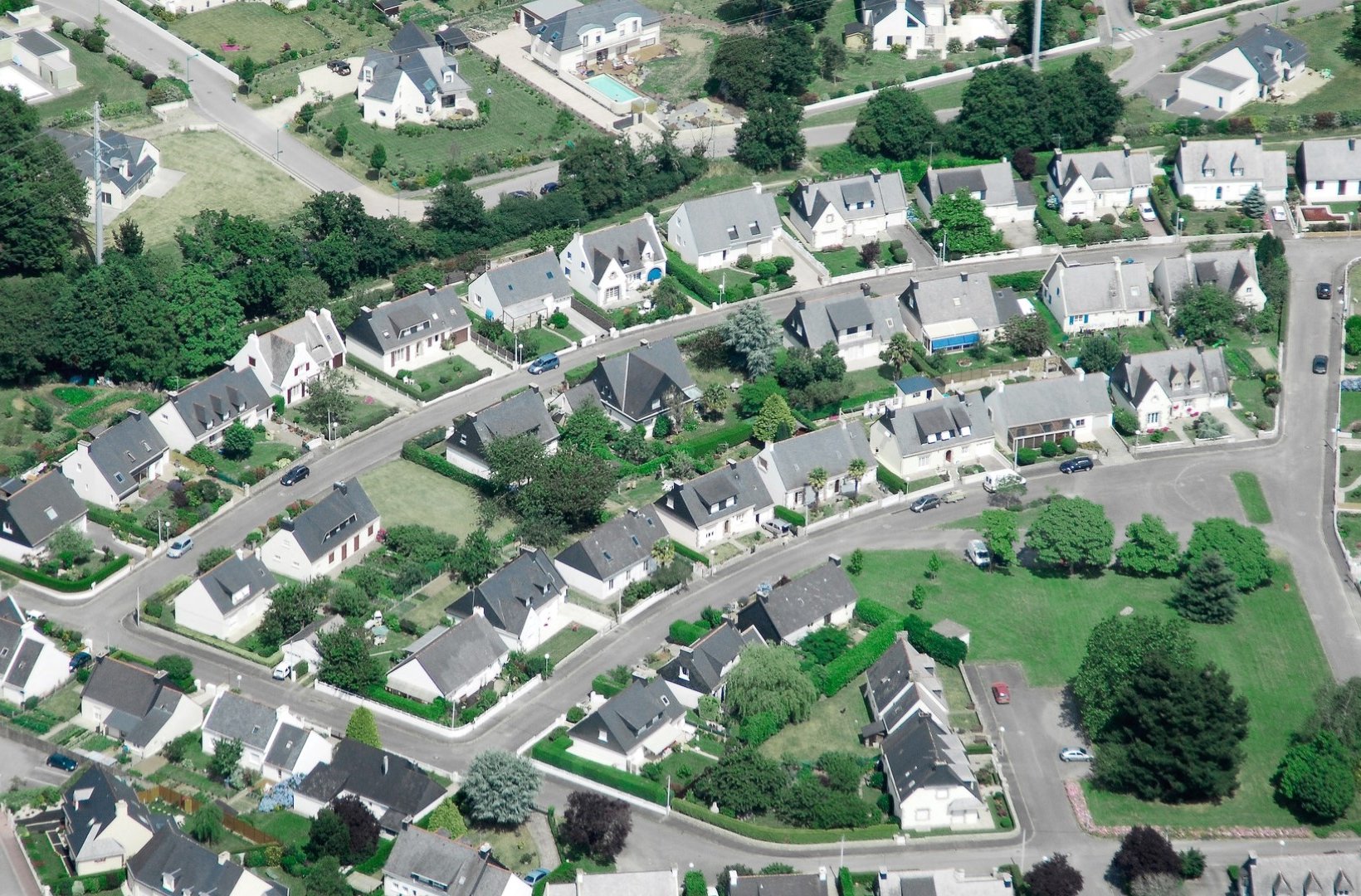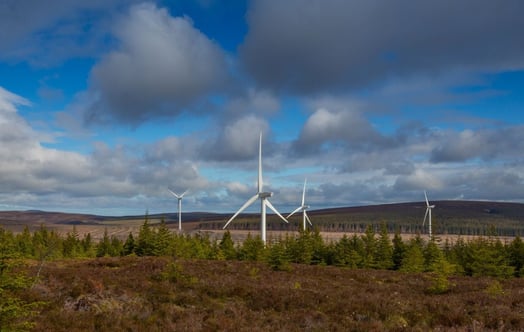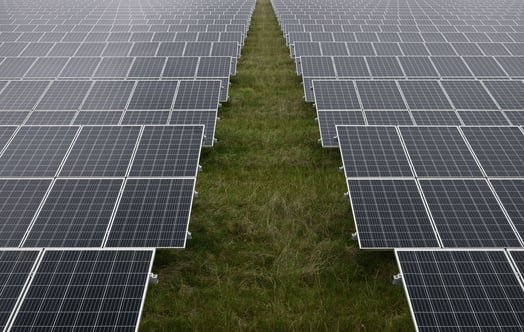
Consumers must be the “central pillar” of heat network regulation, says Energy Systems Catapult
With 1 in 5 homes in 2050 set to be heated by heat networks, consumers should be the “central pillar” of the regulatory environment, according to a new report from Energy Systems Catapult.
The report, Heat Networks: Consumer Protection Regime, which was funded by European energy company, Vattenfall, and produced using a combination of market research and a stakeholder workshop, examined the appropriate regulatory approach, and consumer protections, rights, and outcomes, which the sector should be striving for as part of a new regulatory regime.
Currently, a wide range of organisations of varying shapes and sizes provide heat and hot water to 14,000 heat networks (also known as district heating), serving approximately 480,000 consumers across the UK.
Over the coming years, we can expect to see rapid growth in this sector. With heat networks expected to serve 18% of the UK’s heat demand by 2050, the report finds there is a need to ensure that customers have comparable protections to those who get their heat and power from the grid. There is a particular need to ensure consumers on low incomes and those in vulnerable situations are suitably protected.
Consumer protection
Heat Networks: Consumer Protection Regime found a key part of protecting consumers involves creating an appropriate regulatory framework that introduces statutory rights for consumers and obligations for market participants that reflect the potentially monopolistic characteristics of heat networks. The UK Government’s Energy Security Bill is set to lay the foundations for such a framework by giving Ofgem the role of heat networks regulator.
The report argues that a hybrid model of regulation – combining both rules-based and principles-based approaches to regulation – could yield the optimal model. The balance between rules and principles may change over time as both the regulator and market participants become better familiarised with regulation.
As the regulatory regime and market evolves, a proportionate approach is favourable, to help ensure participants and infrastructure have time to respond to the new regulatory regime, and to ensure further facilitation of innovation and market development.
Expectation setting
To that end, specific and measurable outcomes are required to help provide heat network suppliers with clarity of what is expected of them. These outcomes should be supported by minimum technical and operating license conditions. Data should play an increasingly important role to ensure outcomes can be measured. Previous work by Energy Systems Catapult has highlighted an approach for using data to both digitalise licences and support measuring the success of regulations.
Nick Geddes, Business Leader – Whole Systems and Networks at Energy Systems Catapult, said:
“Heat networks are an important solution for moving away from gas for heating our buildings and helping to alleviate the challenges of meeting peak heating demands through electricity only.
“However, as with the creation of any new regulatory environment, we need to ensure that consumers are the primary consideration. Protecting key consumer groups, enabling innovation, and minimising consumer risks, must be at the heart of the regulatory framework and in how market participants operate.
“We have an opportunity to build a framework that learns the lessons of the gas and electricity markets and applies them to the unique characteristics of this market, to make a holistic consumer-centric heat network market that drives innovation”.
Bindi Patel, Head of Customer Experience at Vattenfall said:
“With the planned rapid deployment of heat networks, expected to serve 18% of the UK’s heat demand by 2050, it is important to establish the correct regulated consumer protection from the get-go.
“We welcome the fact that the government is currently putting measures in place to protect heat network consumers and hope the report will be a valuable contribution to the development of policy.”
Download the report here.
Notes to editors
What is a heat network?
A heat network (or district heating) is a network of insulated pipes which connect multiple buildings in an area of a city to centralised sources of waste or environmental heat, removing the need for property-by-property generation. A heat network owner funds the design and construction of the network and guarantees service to the end customers, taking risk on their ability to balance and manage the energy system.



